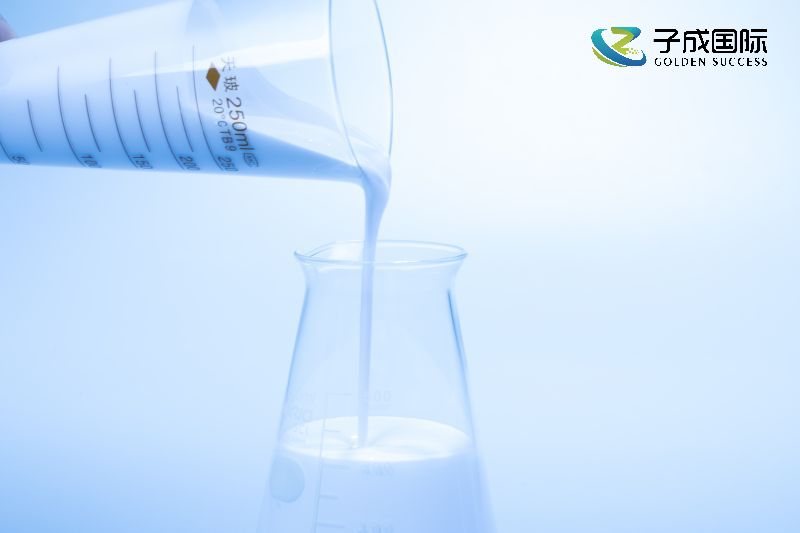Wetting agents play a key role in the coating industry, significantly improving the wetting performance of coatings through various means. Wetting agents are mainly composed of hydrophilic and oleophilic groups, and this amphiphilic structure allows them to form preferential orientation between liquid and solid surfaces. When the wetting agent is mixed with the coating, its molecules will adsorb at the interface between the coating and the substrate, with hydrophilic groups facing the interior of the coating and lipophilic groups facing the surface of the substrate. This arrangement effectively reduces the surface tension between the coating and the substrate, making it easier for the coating to spread on the substrate.

Wetting angle is an important indicator for measuring the wetting performance of liquids on solid surfaces. A smaller wetting angle indicates better wetting performance of the liquid on the solid surface. The addition of wetting agents can significantly reduce the wetting angle of the coating, making it easier for the coating to form a continuous thin film on the substrate, thereby improving the uniformity and adhesion of the coating.
The dispersibility of pigments and fillers in coatings has a significant impact on their wetting properties. If pigments and fillers are unevenly dispersed in the coating, aggregates will form, resulting in a decrease in the wetting performance of the coating on the substrate. Wetting agents can evenly disperse pigments and fillers in coatings through their dispersing effect, reducing the formation of aggregates and thus improving the wetting performance of coatings.
Wetting agents can also improve the permeability of coatings to substrates. Coatings with good permeability can penetrate deeper into the surface of the substrate, forming a stronger adhesion. Wetting agents reduce the surface tension between the coating and the substrate, making it easier for the coating to penetrate into the micropores and cracks of the substrate, thereby improving the compactness and durability of the coating.
With the development of technology, wetting agents can be customized according to the needs of different coatings and substrates. This customized service can ensure good compatibility between the wetting agent and the coating and substrate, thereby further improving the wetting performance of the coating.
In practical applications, adding additives that can reduce surface tension, such as fluorinated surfactants and organosilicon surfactants, to water-based coatings is a classic method for improving the wetting performance of coatings. These additives can significantly reduce the surface tension of the coating even in small amounts, helping the coating to spread better on the substrate. In addition, there are some new wetting agents such as organic modified polydimethylsiloxane, which not only have excellent wetting properties, but also improve the anti shrinkage and smoothness properties of coatings.
In summary, wetting agents significantly improve the wetting performance of coatings by reducing surface tension, improving wetting angle, promoting dispersion of pigments and fillers, enhancing permeability, and customizing formulations. These improvements not only improve the efficiency and quality of coating application, but also help reduce production costs and environmental pollution.

 English
English
 Chinese
Chinese Vietnamese
Vietnamese
 HOME
HOME
 PRODUCT
PRODUCT
 NEWS
NEWS
 CONTACT
CONTACT


